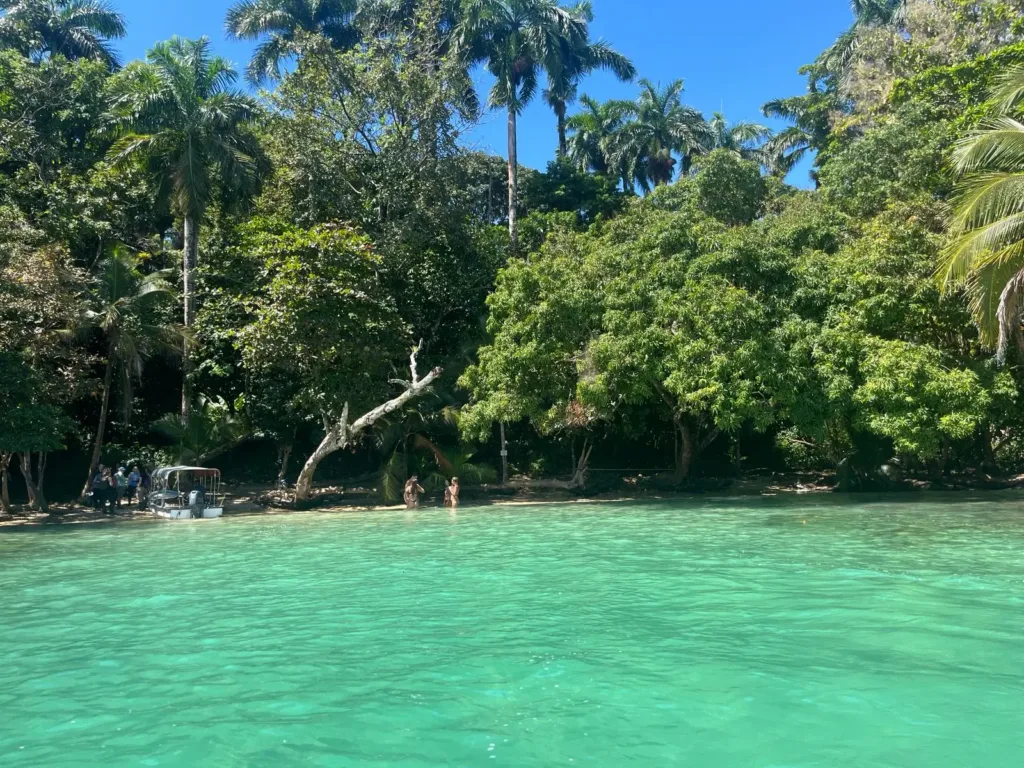The Butterflies of Tanzania
Butterfly Research in a Human-Dominated Landscape in the Eastern Great Rift Valley, Tanzania
Due to their sensitivity to toxins and the tendency to respond quickly to environmental changes, butterflies are an excellent indicator species to changes in the environmental conditions in a landscape. Scientists have used butterflies to estimate and predict impacts on global climatic changes, disturbances to habitat, and distributions of animals.
Despite the ecological importance of butterflies as indicator species, no study has been conducted to document status, species composition, abundance, distribution and diversity of butterflies in the Tarangire-Manyara Ecosystem in Tanzania. Due to extensive land use changes, rapidly growing human population and habitat fragmentation, studies on butterflies would play an important role in environmental degradation studies in the Tarangire-Manyara Ecosystem. This semester one directed research project focused on researching butterflies in Selela village in Monduli district and Endallah village in Karatu district. Selela is a village located in the lowlands and Endallah is a village in highlands and both are in the eastern part of Great Rift Valley in Tanzania. This project aims to study the ecology of day-flying butterflies to establish species composition, abundance, richness and diversity within and between different habitats in these areas. The project also intends to assess the impact of habitat degradation due to human activities on butterflies.
In this study, various habitats including farmlands, forests and grasslands were used as study areas in each village. In each habitat a transect of 1,000 meters long was established. Students walked along the transects to identify and count all butterflies observed within 5 meters ahead, above, left and right of the researcher. Sweep nets were used to capture unidentified butterflies in the field to aid in species identification. In addition, fruit traps were hung in the study areas to capture high-flying fruit-eating butterflies.
This study cut across two components of the Center for Wildlife Management Studies’ long-term research program: (1) ecological dimensions of wildlife conservation and (2) socio-economics of wildlife conservation.
In the field the students encountered several challenges: (i). Rainfall – prevented conducting field research. (ii). Unpredictable weather – as butterflies are cold-blooded insects, they are most easily seen when the sun is shining. As weather was very dynamic, it was difficult to determine the ideal time to be at the site for butterfly observation in each day. (iii). Hot temperatures and walking long distances – this led to body exhaustion. (iv). Identification complications – some of the butterflies species show polymorphism, and it was sometimes difficult to correctly identify some individuals. Despite these challenges, students counted and record a total of 702 butterflies that belong to 38 species of 4 families over ten days. The results from this study will contribute to baseline information of butterfly composition in the Tarangire-Manyara ecosystem.
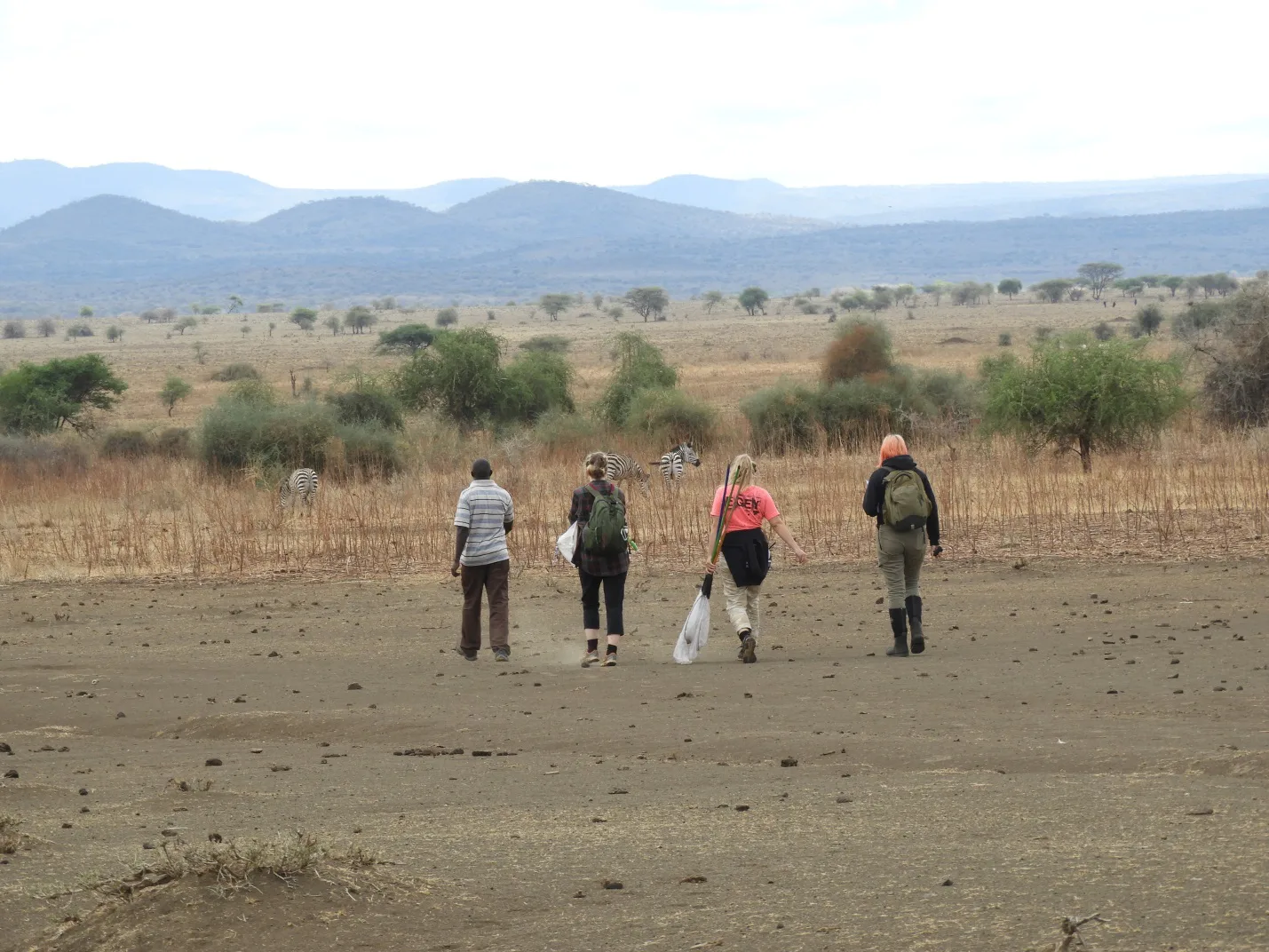
SFS students identifying and counting butterflies along a transect during Directed Research
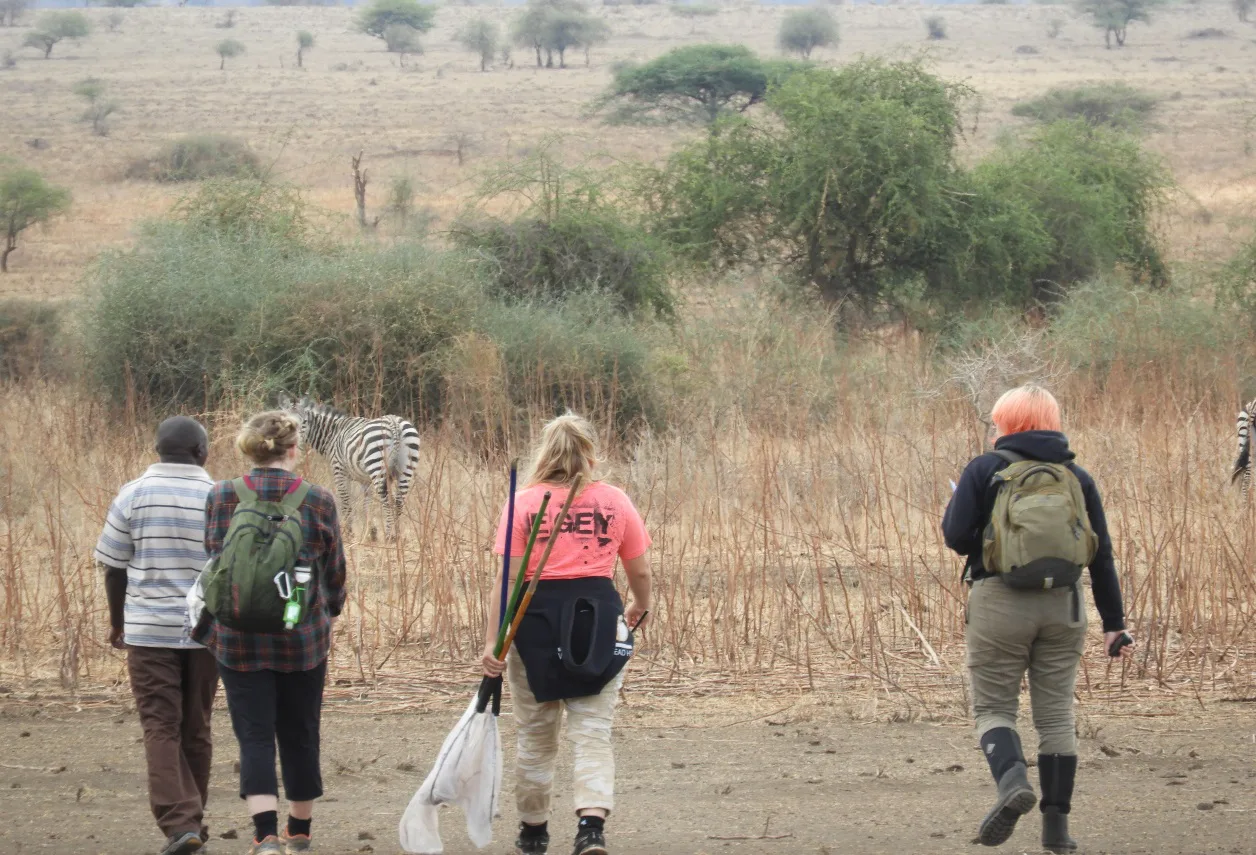
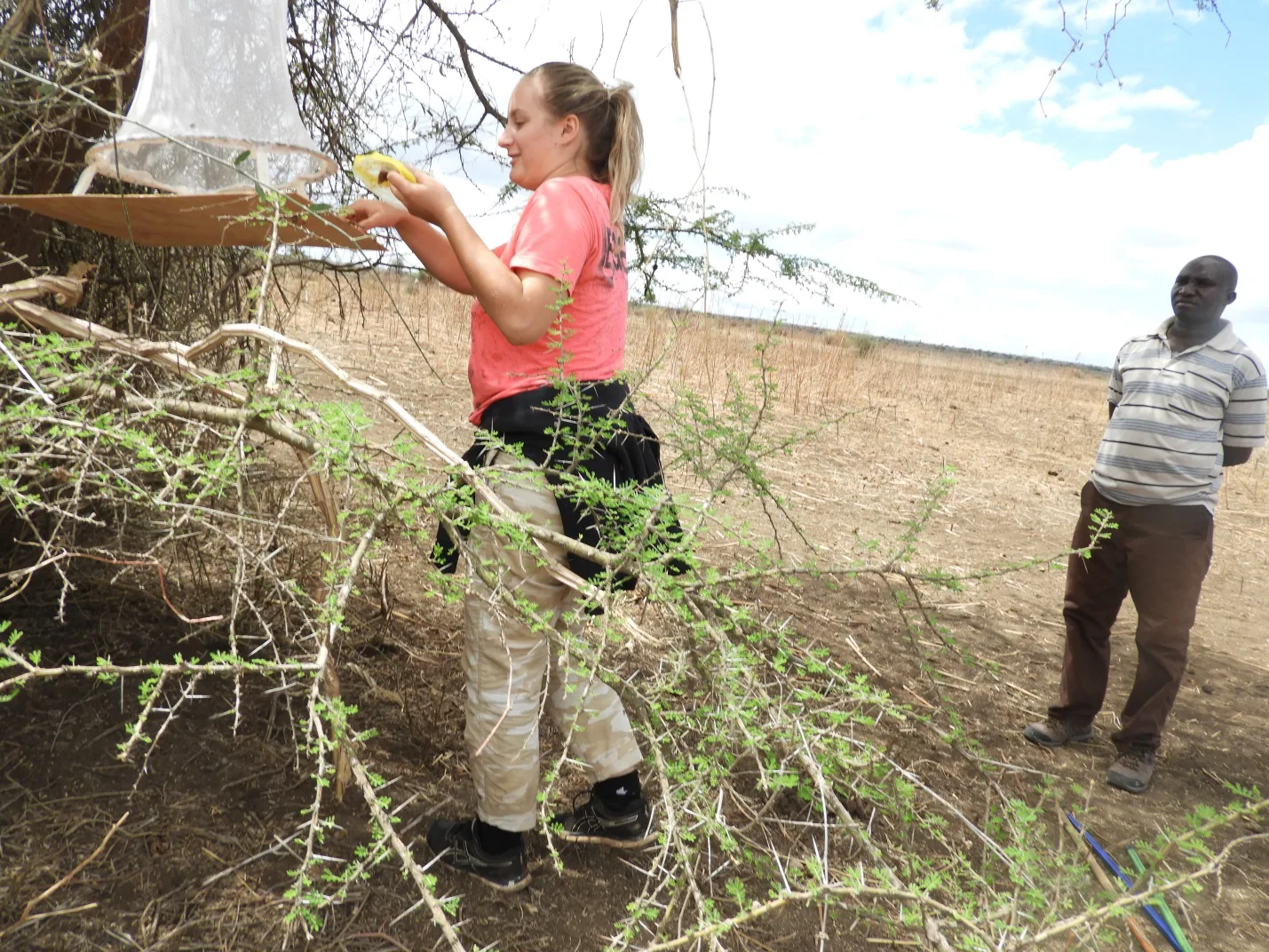
Student placing fermented banana bait in one of the butterfly fruit traps at a study site
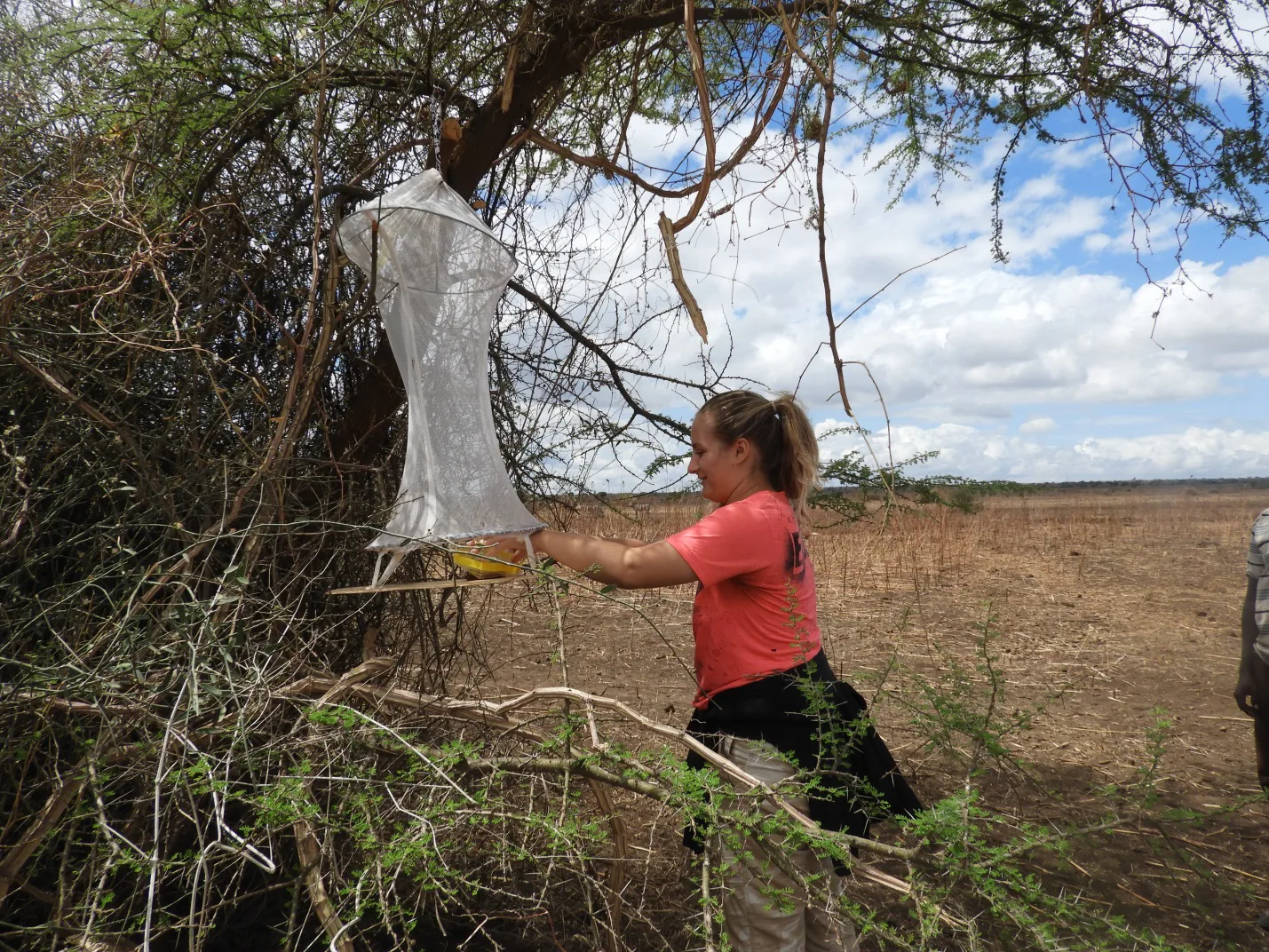
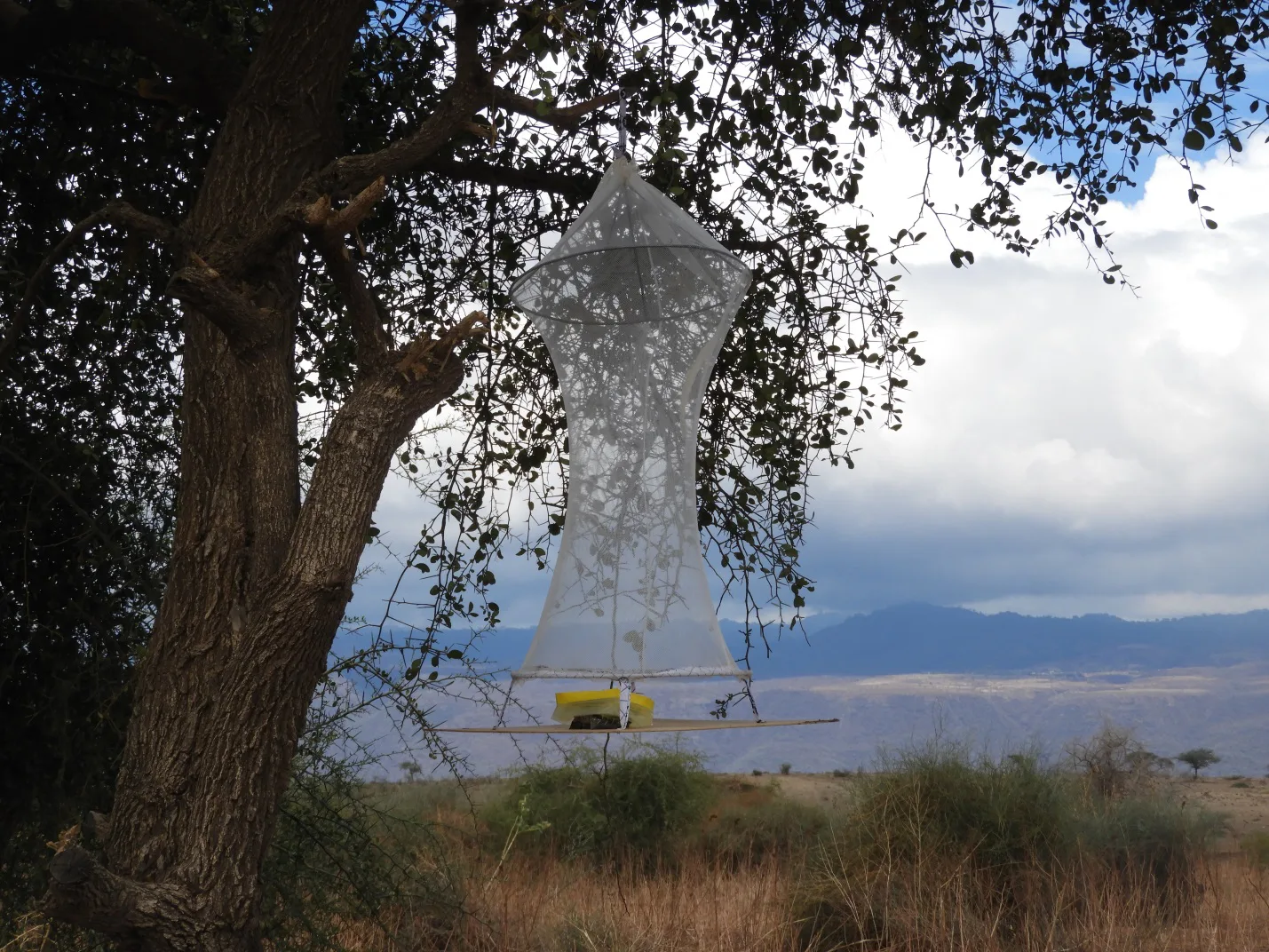
A hanging baited butterfly fruit trap at a study site
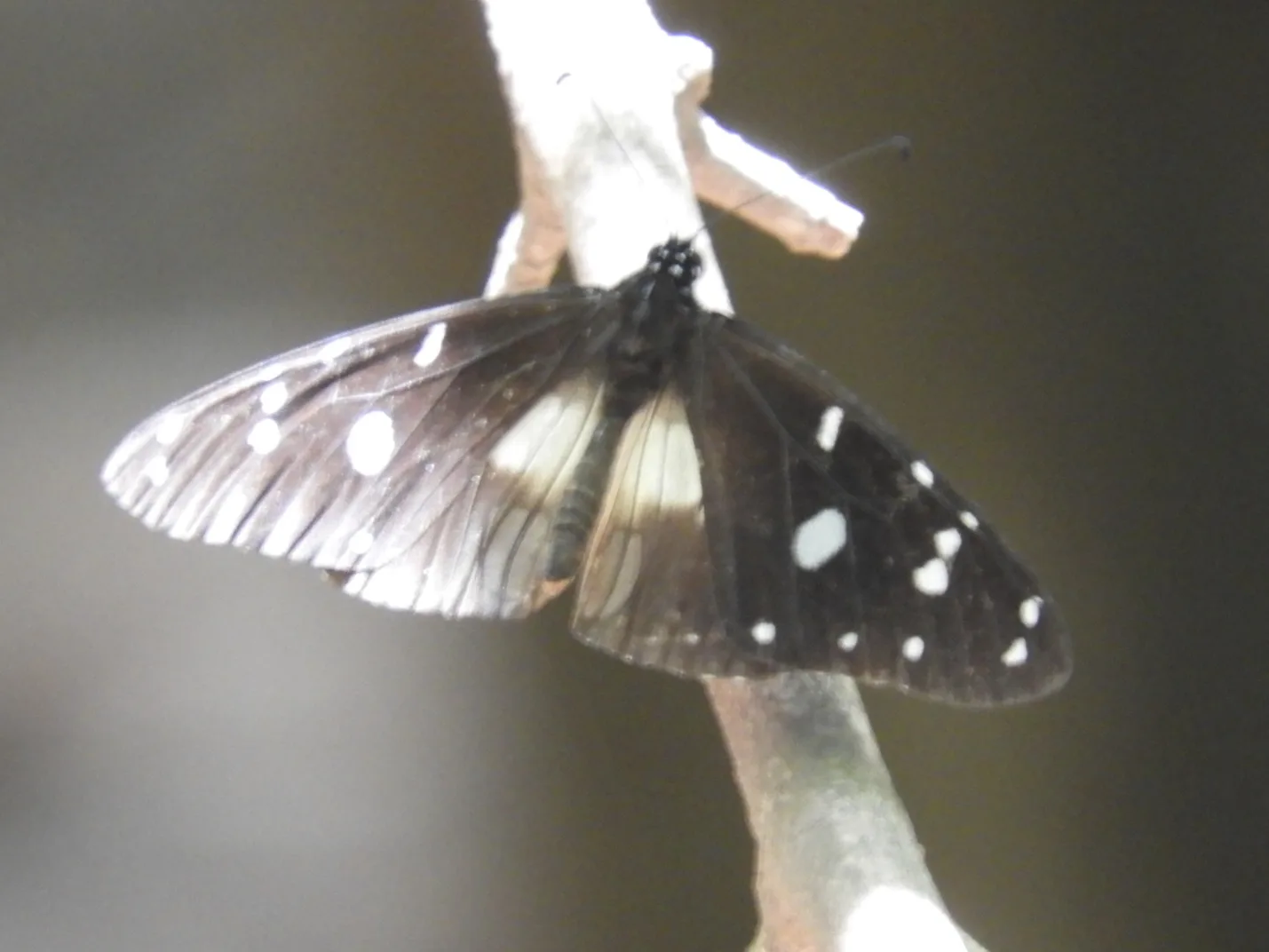
Male Diadem butterfly
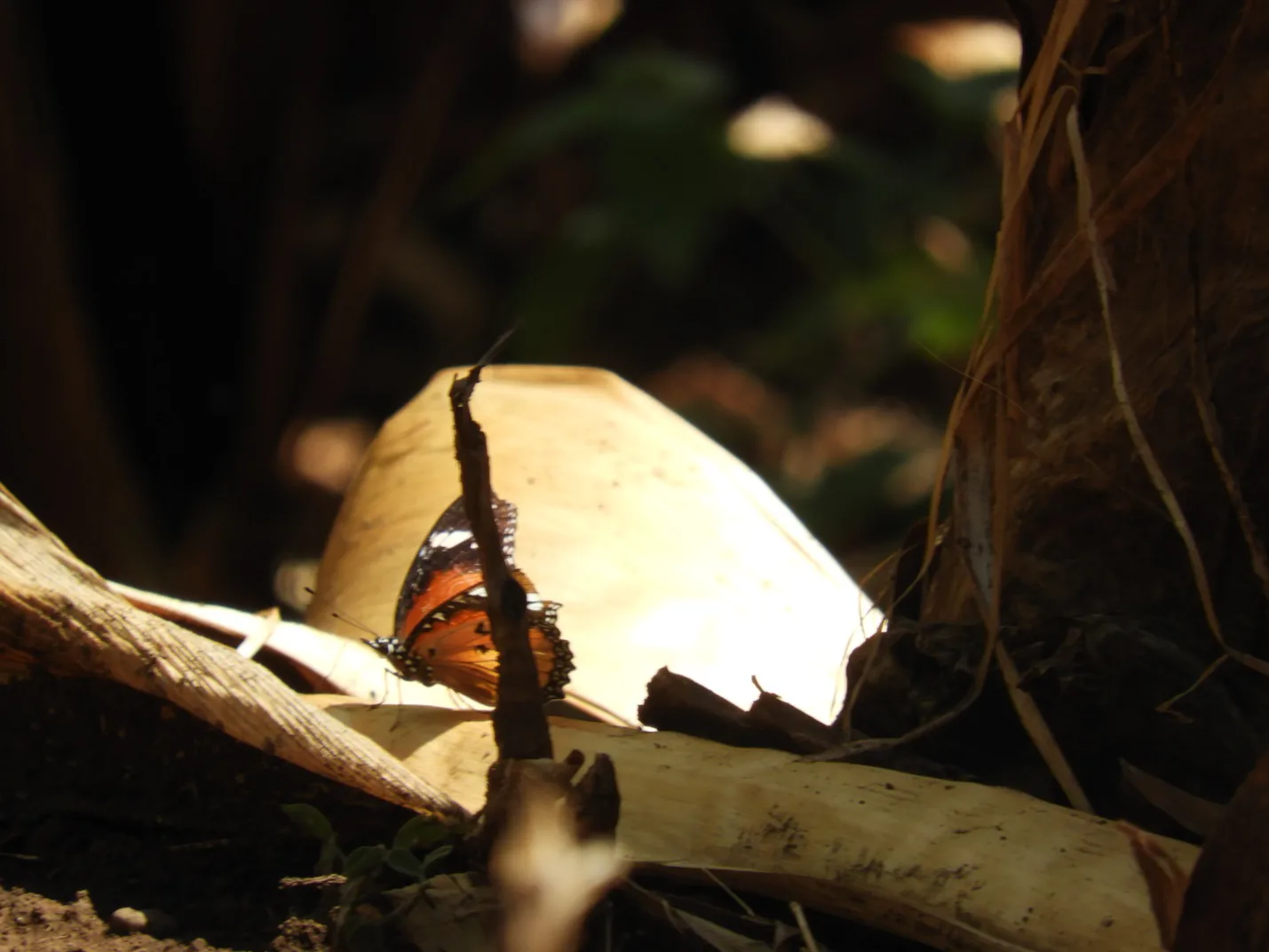
Female Diadem butterfly
Related Posts

